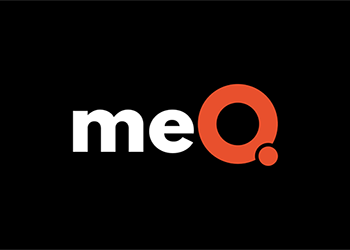There are days when my brain refuses to absorb one more piece of information. Despite my pleading, it shuts down, too wrung out to take in one more fact. That got me wondering: Can our brains actually get too “full”?
Neurologically speaking, the answer is no. Our brain’s ability to knit together new patterns is limitless, so theoretically the number of memories stored in those patterns is limitless, too. But reality is a different story: Being bombarded with information 24/7 takes a toll. According to neuropsychologist Dr. Kenneth Freundlich, “Our working memory—the mental workspace that retains information long enough for us to manipulate or use it—can hold fewer than ten items at a time.” Exceeding that limit affects our cognitive function.
This is why, even though we’re capable of extraordinary accomplishments, we mess up fairly frequently. This realization prompted renowned author and surgeon Dr. Atul Gawande to write The Checklist Manifesto: How to Get Things Right, which states that the most basic of organizational tools, the humble checklist, can combat this overload, make us more productive, and help us avoid errors.
The checklist concept originated following the crash of a Boeing test airplane, Gawande explains. The pilot, who was killed, forgot one crucial step while managing the complex controls of the new plane. Following the crash, a group of test pilots got together to figure out how they could prevent another accident. They came up with a ridiculously simple plan: a step-by-step checklist. It wasn’t a how-to guide or a to-do list, but rather a tool to aid memory recall. They went on to fly Boeing test planes for more than a million miles without one accident.
Gawande’s research suggests that no matter what your job description may be, working in the modern world requires collecting, interpreting, and applying vast amounts of information—and checklists can be a game changer.
Here are three ways to make a checklist work for you:
1. Create a “Backup Brain”
Most of us have repetitive tasks to complete as part of our jobs, but our memory is often unreliable. We get distracted (emails, client calls, scheduling changes) or just have a lot on our minds—and we miss a step. Rectifying the mistake is usually more complicated, and costly, than getting it right the first time.
To avoid errors, keep a running checklist of tasks you have to get done on a daily, weekly, or monthly basis that you can easily reference on busy days. It’s a lot less likely that something will slip through the cracks if you don’t have to rely on your memory alone when your brain is in overdrive.
2. Keep it Simple
A good checklist is precise, includes only the most critical and important steps, and is easy to use during trying circumstances. Gawande cites a checklist implemented by Johns Hopkins Hospital that virtually eradicated a specific type of infection, saving tens of thousands of lives and millions of dollars for the hospital. What was on the checklist? Just five basic steps, such as “wash hands” and “wear a mask,” that were frequently skipped by even the most experienced surgeons.
This concept is especially helpful when you’re under stress or trying something new, such as starting a high-pressure project or working with a new team, because it allows you to work out the process on paper before diving in. “We are not built for discipline,” wrote Gawande. We have to work at it. But when our course of action is laid out on a checklist, we’re able to relax and think more clearly and creatively.
3. Celebrate Your Wins
It’s easy to lose sight of progress when you focus only on what you haven’t done, rather than everything you did do. Each check on a checklist represents a step in the right direction, and keeping track of your successes, even the small ones, boosts your motivation and increases positive emotions like happiness and pride. Take a moment to review your checklists at the end of the week and give yourself credit for a job well done.
These days, “extreme complexity is the rule for almost everyone,” Gawande wrote. Even if your job doesn’t involve life-and-death outcomes, you can harness the power of a checklist to organize your life—and enjoy the benefits that follow.
Over the last 10 years, Janet Ungless has developed a comprehensive expertise in health and well-being as a writer and editor. With a particular focus on sleep, meditation, and wellness, Janet has worked with a host of digital platforms to help consumers live healthier, happier lives. Find her on Twitter @jungless.
